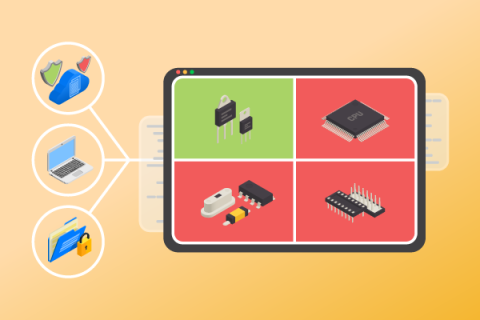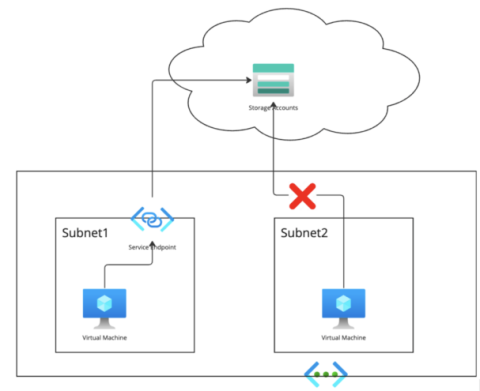Mastering Software Integration: Unlocking Innovation Through Seamless System Connections
Software integration is a key enabler of digital transformation. It optimizes data flow and system functionality within a modern enterprise to drive innovation and operational efficiency. Here are the 5 key takeaways from our Mastering Software Integration article.











